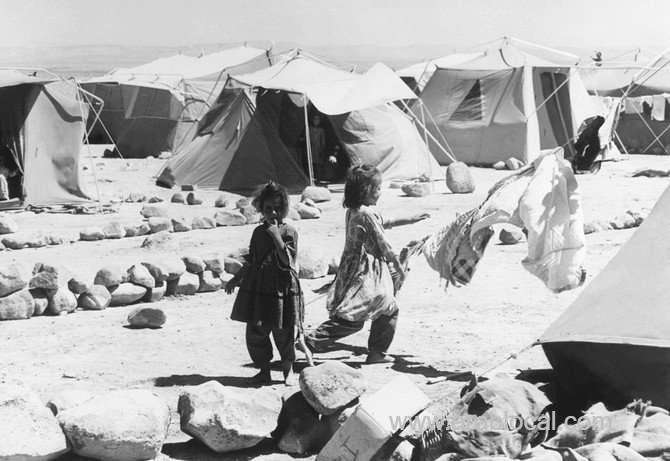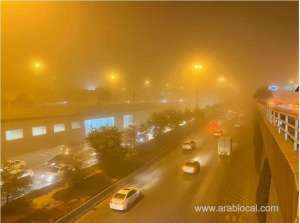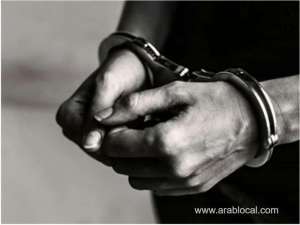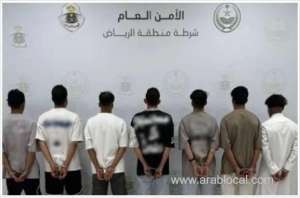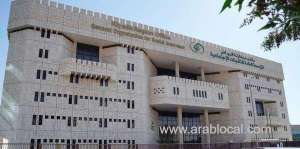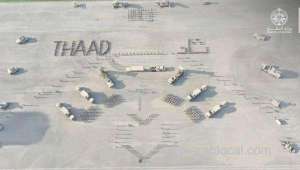This June marks the 51st anniversary for Palestinian Naksa, the “setback” in Arabic. It commemorates the displacement and occupation of Arab territories that accompanied Israel’s forces’ victory in the six days war of June 1967 against Egypt, Syria, and Jordan. It ended with Israel putting up its flag over East Jerusalem, the West Bank and Gaza, Egypt’s the Sinai Peninsula and Syria’s Golan Heights.
Naksa follows Nakba, commemorating the exodus of Palestinians in 1948. The 70th anniversary of this day was marked last month.
A new wave of Palestinians poured over the Jordan River to swell UN-run camps, some already inhabited by those who were forced out in 1948. Approximately 400,000 Palestinians in the West Bank and Gaza were displaced 51 years ago this month.
Many of Gaza’s residents became refugees for the second time having been uprooted nearly 20 years previously, fleeing to Gaza after Zionist militia forces attacked Palestine villages in 1948.
While there are no official statistics on the numbers of Palestinians in the Gulf countries, due to the variety of different official documents they hold, it is estimated that the Palestinian population of Gulf countries is second only to that of Jordan.
Palestinians arrived in the Gulf in waves during different periods of history. While some were there before Nakba, numbers increased as the Palestinian diaspora expanded as the occupation stretched on.
Palestinians in the Gulf are not considered as refugees because Gulf states recognize their legal and travel documents from different countries, viewing them as the same as any other non-nationals.
SOURCE : ARABNEWS
